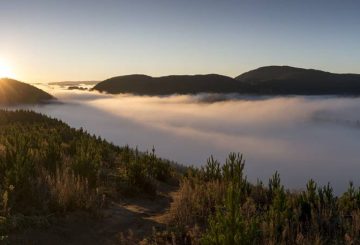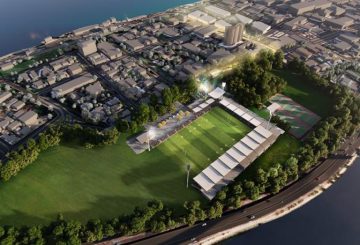マイケル・ウッド運輸大臣によると、オークランド・バスウェイの延長工事が始まり、移動時間の短縮と信頼性の高いバスサービスの提供が約束されているという。
バスウェイはパパクラとボタニーとつながり、新しいバス停やサイクリングルートが開設されます。
5kmの独立したバスウェイ、12kmの独立したウォーキングルートとサイクリングルート、5つの新しいバス停が設置されます。
「オークランドの東部郊外は、オークランドの中でも車での移動が最も多く、公共交通機関の利用が最も少ない地域です」とウッド氏は言います。
「今回の投資により、さらに24,000人のオークランド市民がラピッドトランジットの駅から1 km以内に住むことになり、都市のニーズに応える公共交通サービスを提供できるようになります。
ウッド氏によると、長期的には、これにより移動時間が短縮され、より広いオークランドへのアクセスが容易になるという。
オークランド市長のウェイン・ブラウン氏によると、完成したパンミュアからパクランガへのバスウェイを毎日7,000人がすでに利用しているという。
「AT(オークランド交通局)によると、2028年までに1日あたり14,000人の乗客がバスウェイを利用し、2048年までに23,000人の乗客がバスウェイを利用すると予想しています。」
ブラウン氏によると、このプロジェクトにはリーブス・ロード・フライオーバーが含まれており、これによりワイプナ橋から降りる交通とティ・ラカウ・ドライブが分離され、パクランガ・ロードに直接接続できるようになるという。
「バスウェイの延長は、質の高い共同輸送システムでオークランドの将来性を保証するという、合意されたより広範な計画に向けた重要な一歩です。「
クレジット:radionz.co.nz




























































